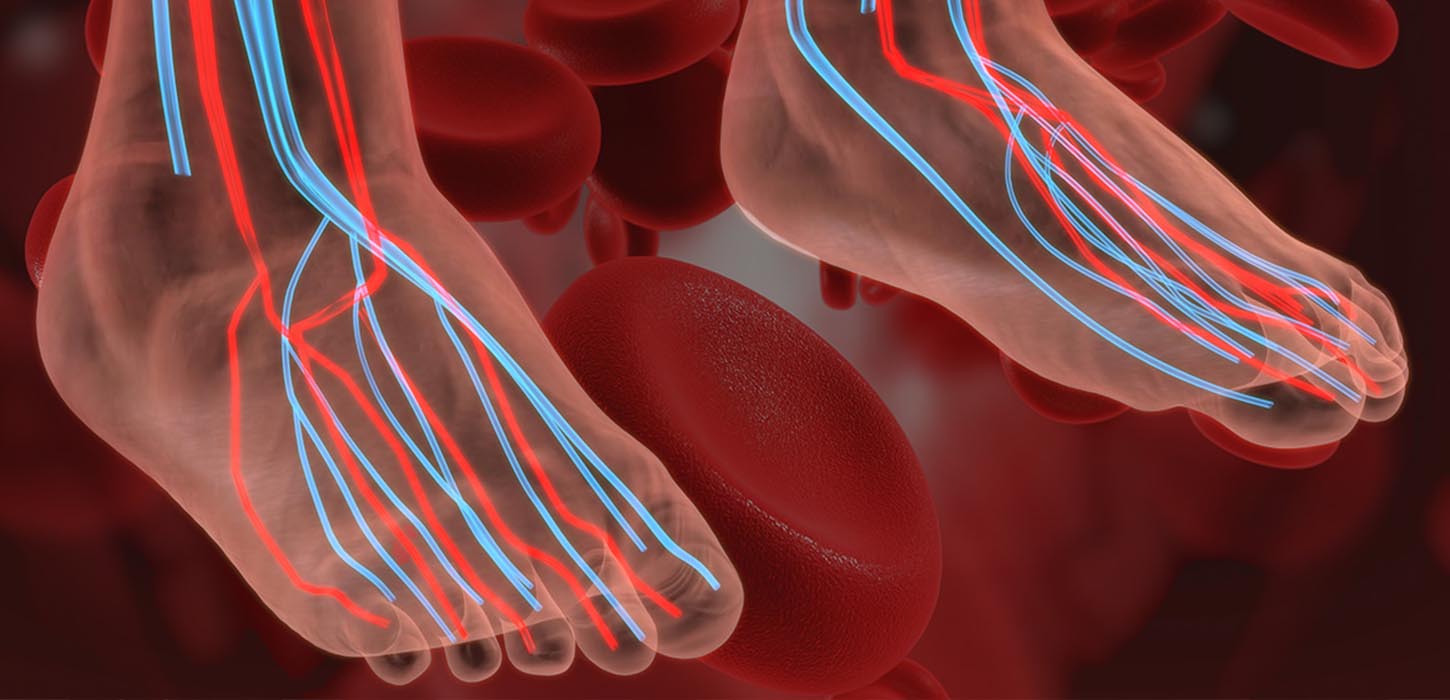The peripheral arterial disease can occur in the lower extremities and legs because the vessels get blocked or narrowed. Therefore, the overall blood flow to the lower body. PAD occurs mainly because of the accumulation of fatty plaque inside the vessels.
PAD can have an impact on all types of blood vessels. Blood flow into tissues is restricted and, therefore, decreases the oxygen levels in those areas due to less oxygenated blood being carried.
The overall prevalence of PAD by age group is
- For the age group 40-49, the figure is around 2 to 3%.
- About 3 to 4% for the age group 5-59.
- About 5 to 6% of the age group 60–69.
- It is also 9 to 11% of the age group 70–79.
- About 20–26% for the age group of 80 and above.
Therefore, according to the above statistics, there is a low prevalence of PAD in populations aged 40 to 70 but a very high prevalence above.
Symptoms
The most common symptom is leg pain when physical activity is performed. However, studies show that about 4 out of every ten people with PAD do not have leg pain. This symptom of ache, pain, numbness, and cramps will occur in the hips, calf, thighs, and buttocks.
The appearance of Sores & Wounds
The appearance of sores and wounds that take a long to heal can be noticed. The color of the skin becomes pale and bluish. The thickness of the skin decreases, and it becomes brittle. The nail growth on the toes and the hair growth on the legs become slow.
Physical Symptoms
The physical symptoms in the legs that indicate the presence of PAD are muscle atrophy and hair loss, cooler skin, decreased pulse in the lower areas of the body, sores, and ulcers, and cold toes. Erectile dysfunction may occur in men who have diabetes as well.
Risk factors
Irrespective of gender, both men and women can be the prey of this disease, but men have a higher chance of getting PAD. However, an estimated 6.5 million people older than 40 have been diagnosed with PAD. The major risk factors include:
- High blood pressure
- High cholesterol
- Smoking
- Diabetes
- Atherosclerosis
- Injuries in the arms and legs
- Irregular anatomy of ligaments and muscles
- Infections
- Aging above 60 years
- Male gender
- History of heart disease
- Family history
Treatment
Restoration of the normal blood flow in the arteries and vessels is the key goal of all the treatments suggested for PAD. These may be listed as:
1. Medications:
You may be recommended some medications by Vascular Surgeons, like aspirin or other antiplatelet medicines, to prevent PAD complications. Aggressive treatments, on the other hand, may exacerbate pre-existing diseases in the body.
2. Quit Smoking:
Quitting smoking is extremely beneficial in the case of PAD. If you cannot quit, you may ask your doctor to recommend ways to help you quit smoking.
3. Lifestyle Changes:
Lifestyle changes can help control risk factors as well. A person can begin a regular exercise, follow a healthy diet, and increase mobility and activity. One should also lose weight to reduce the fatty deposits within the body. If this condition worsens, a surgical bypass may be needed for the blocked arteries.




